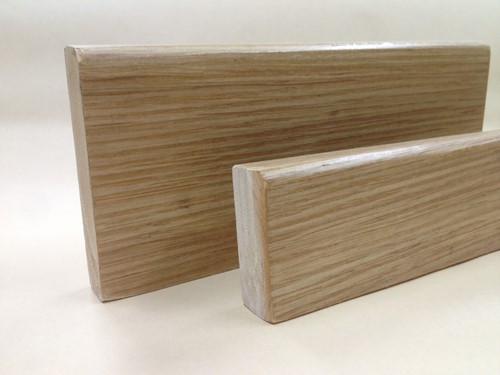
There are a plethora of creative ways to divide a room. There are also many room dividers you can DIY to save money while building something completely custom. One simple and convenient way to divide a room is with a folding screen. Here is all of the info you'll need to make your own screen room divider.
This list contains materials for making a folding screen that's approximately 4 feet wide and 6 feet tall. Feel free to adjust measurements as needed.
Now you can enjoy a convenient and mobile folding screen suitable for any room of your home.

"Experience the DIFFERENCE!"
Pam is a top-ranking real estate broker with 40 years sales experience. Pam’s 30 years in real estate includes co-owning and operating Century 21 Carriage House (aka Century 21 Minuteman). Prior to selling real estate, Pam sold computers for the Hewlett-Packard Company. In addition to an MBA, Pam earned her Juris Doctor degree from Suffolk University Law School and is admitted to the Massachusetts Bar.
Pam offers her clients a level of expertise rarely found in real estate because of her background, education, and experience. She is now accepting new clients.